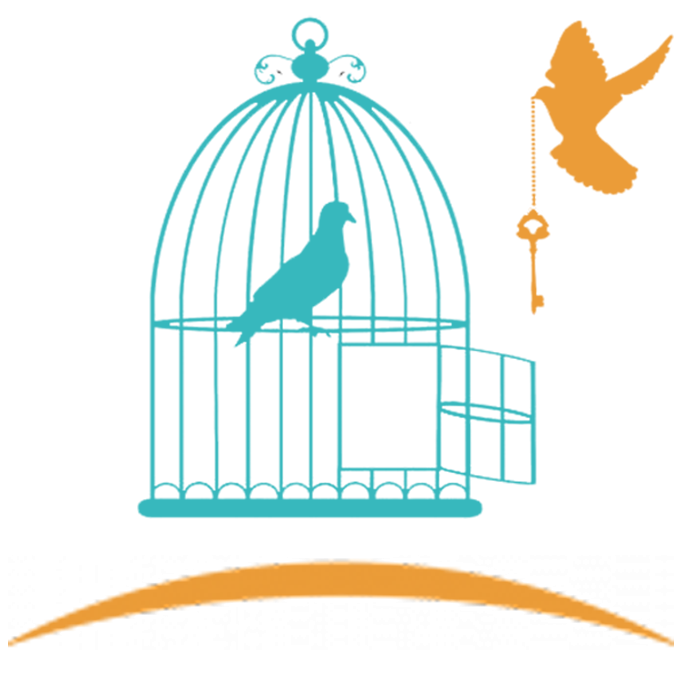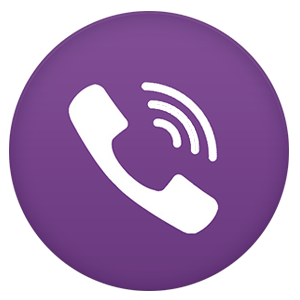Stuttering correction in adults and children

Stuttering correction
Correction of stuttering occurs due to the process of speech rehabilitation, while student is actively involved in the educational process. There can be no treatment in this process, since stuttering is not a disease. The most correct solution is a comprehensive correction of stuttering, in which all problem areas are worked out sequentially and gradually with the student. Unfortunately, in almost all cases, a person began to stutter at the age of 5-6, and at the time of contacting a specialist he has a long-term “experience” of this problem and all its manifestations: fears of speech, clamps of breath, speech blocks, word substitutions etc. The stuttering person has well fixed all these wrong (irrational) actions in his consciousness and subconscious. And all this “trash” cannot be removed from the head all of a sudden only with the help of several exercises. I think those who are reading these lines and stutter understand me very well. You have tried many times on your own to use various means to overcome this problem, but time after time you return to tricks and “crutches” to say “difficult” words at least somehow and at the same time hide the problem from others as much as possible. All this I went through in my life experience. And I’m talking about what is needed in order not to make the same mistakes as I did.
Only a comprehensive logopsychotherapeutic work is able to help stutterers to achieve normal speech. You don’t have to learn to talk or breathe again. You can do all this very well! And as a proof – your speech alone with yourself. You already know how to speak well! And most stutterers have normal speech with some people from their environment, although with others they cannot even say 2 words without clamps and blocks. The thing is mostly in the response of your body to a certain stimulus when communicating with someone. And this irritant is always fueled by fear, which is fed on previous negative experiences with speech. And here any exercises alone with yourself simply cannot be effective, without corrective work and prompt feedback. After all, doing some exercises at home and speaking are two different things. If you want to learn how to swim, you don’t need to learn how to walk, you need to learn how to swim in an appropriate, aquatic environment. The same with speech. All reviews should be targeted specifically at speech situations with someone.
Stuttering correction techniques
To date, there are various methods for correcting stuttering. I will not be doing PR here or describing the various sides of any specific areas. The topic is quite extensive and it will take a lot of time. If you have interest regarding a specific approach, with arguments and facts – Welcome to Skype ☺
The main thing is to understand that normal speech is done without any technique! People around you do not speak by any method and do not adhere to certain “speech” rules when speaking. Right work for speech correction should be aimed at speech without methodology. On a mental level! At this level, we think, plan, believe, analyze, dream, compose, remember, imagine, communicate … And incorrect settings in these areas lead to the appearance of very definite mental disorders. Stuttering can be partly attributed to a mental disorder resulting from regular fears of speech and blocks.
Special technics should be consciously used only at an intermediate stage of the learning process. At the end of work for correcting speech durin the BREAKTHROUGH program, a person should not have the desire to “speak by the method.” All training is aimed at this. The most valuable results are speech made without any additional support, insurance or reflection. Wanted – said. Word, phrase, sentence … More, more and more …! In any situations. Until a normal and stable consolidation of all this on an unconscious level.
Correction of stuttering in children
Correction of stuttering in children and adults has serious differences. An adult is more susceptible to serious and comprehensive training and a conscious analysis of his mistakes. With a child, a specialist needs to be more flexible and loyal. It is easier for children to perceive information in a playful way. In our program “BREAKTHROUGH” there is a children’s version that involves classes with children from 9 years old. From this age, the child is already able to interpret what he saw and build sentences regarding the author’s ideas. At the same time, the motives for teaching the child (internal and external) are taken into account.
Now logopedic correction of stuttering is widespread. In the performance of an ordinary speech therapist or speech therapist-defectologist, this correction in most cases is ineffective. And in some cases it only exacerbates the condition of a stuttering child. Speech therapists at universities do not teach effective techniques for the stable elimination of stuttering. Especially when it comes to children over 9 years old, when you need to talk a lot and the child begins to regularly perform multiple speech stupors and experience fear and an increasing sense of powerlessness on this subject. All this I went through myself, when no one could help me in solving my problem. And the elementary work with speech therapy only aggravated the situation, since at the same time I was taught to climb more into control over the work of the speech apparatus. And this could not be done, since a normal child practically does not climb into this area … As a result, after many classes with speech therapists and speech defectologists, my speech had only worsened. The same story happened with other stuttering children, which I’ve already learned about from stuttering adults … Addressing to various children’s centers for correcting stuttering practically did not produce any tangible results. Sometimes there was some relief in their speech, but soon everything either became as before, or even worse. Many stories of adult stutterers tell us about this. In the course of various experiments, with the participation of speech therapists-defectologists, we developed a children’s program to overcome stuttering. At an early age, it’s easiest to get rid of.
Program, exercises and exercises for stutter correction
A program for correcting stuttering should be built individually, taking into account the comprehension of the material at a practical level. That is, in the learning process, we look and evaluate the student’s proper fixing of various decisions. We analyze the lessons learned and further build the interaction, taking into account the remaining amount of errors. Moreover, all kinds of exercises serve only as a small addition to the main rehabilitation process. But it cannot be otherwise. This is not a gym where you can read the instructions on your own and use a number of exercises (for the body) on your own to fulfill your goals from the very beginning. And here the problem lies initially not in the body, but in the head, in the wrong habit of reacting with the body to certain situations. And all this must be disassembled, carefully (!) Monitoring from the side the process of assimilation of new reactions by the body in the so-called “stressful” situations (although in fact most situations for all other people are absolutely normal and not stressful). In this case, you need to track what changes begin to occur in the head, at the level of thoughts and attitudes toward your own speech. In general,everything is not so simple, and simple exercises can only make it worse, even more entrenched in attempts to unnecessarily control the speech apparatus. Classes for correcting stuttering should be aimed at normalizing speech and thinking. Here is just the case when all the problems come from the head. And they are projected on the body. There is a clear and unambiguous causal connection. You need to work comprehensively. With speech therapy, psychology and psychosomatics, errors of attention and others.


 Whatsapp
Whatsapp Viber
Viber